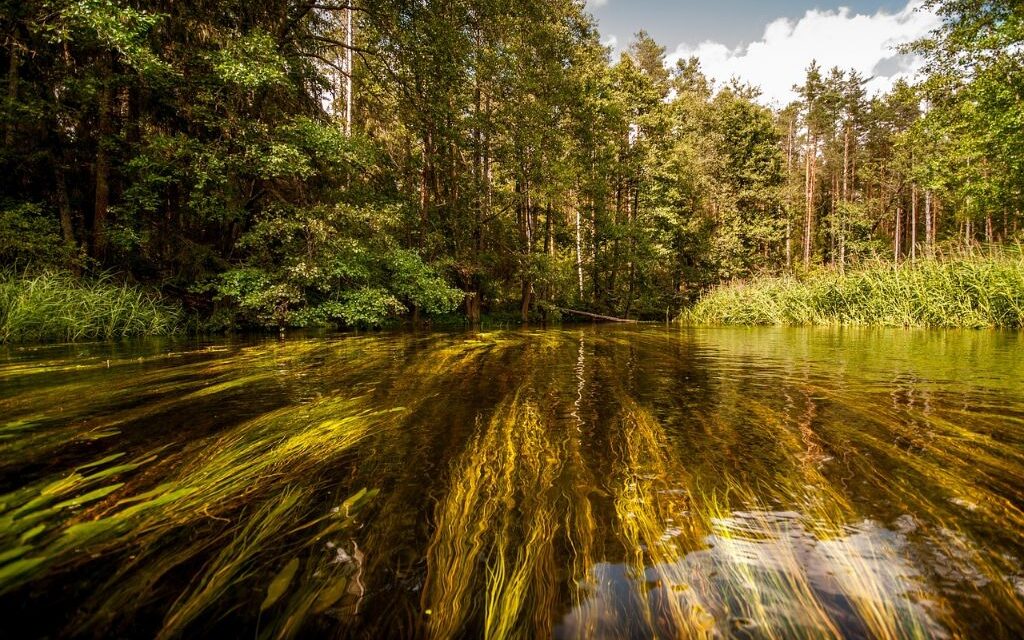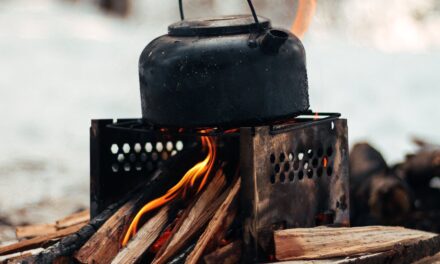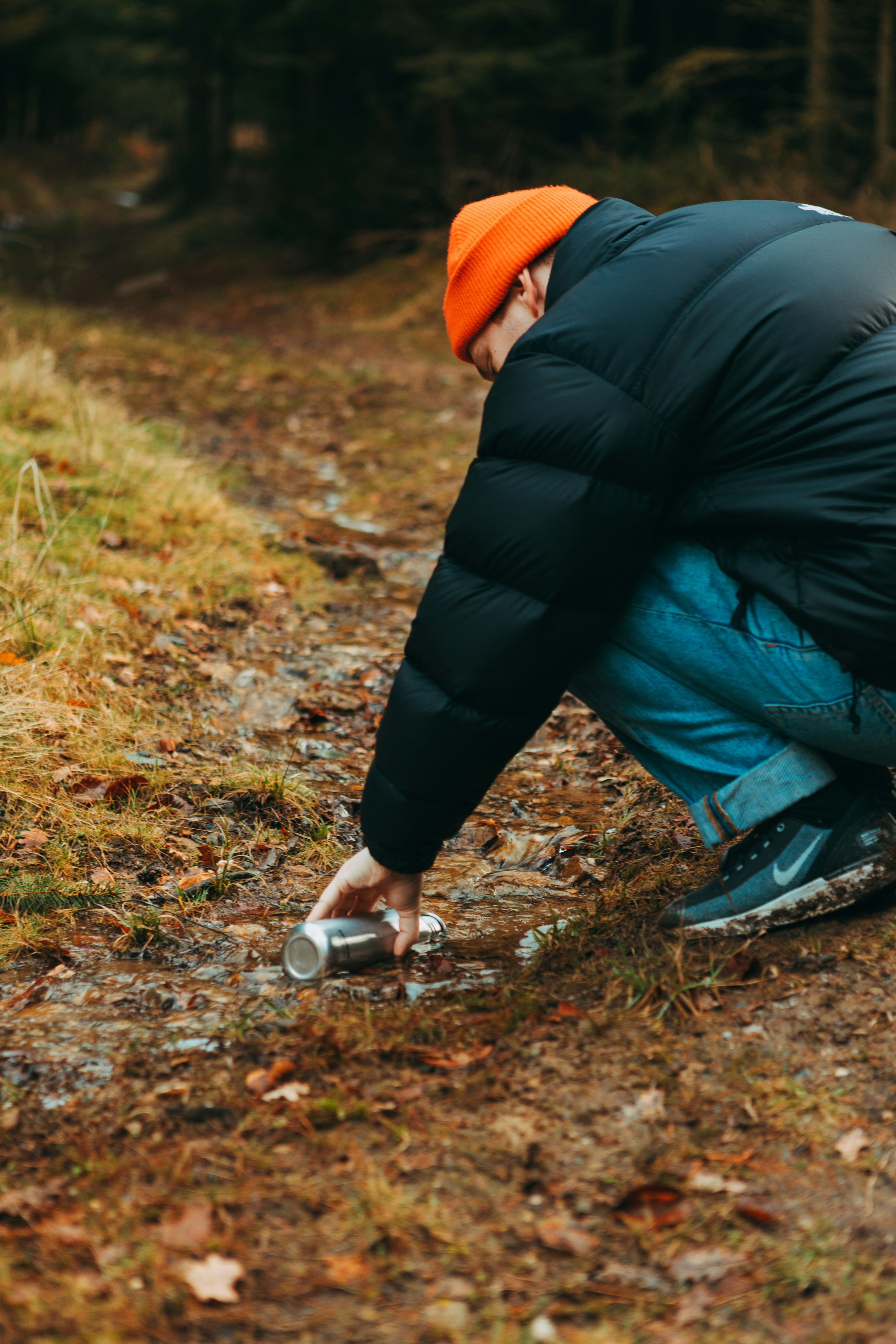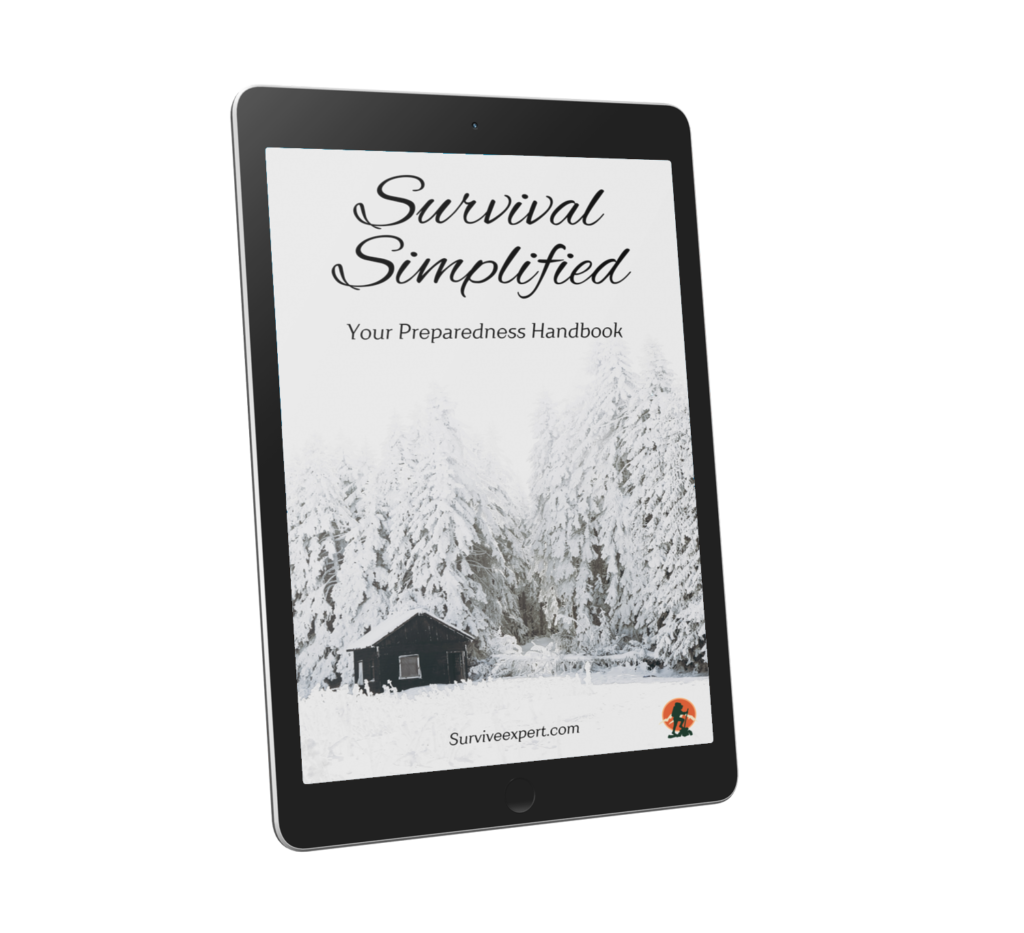The Art of Foraging in the Wild
Imagine wandering through the wilderness, not just as a passive observer but as an active participant in nature’s bounty. Foraging – the age-old practice of collecting wild food – is an empowering way to connect with the environment, supplement your diet with nutritious and unique foods, and develop a profound appreciation for the natural world. For beginners, wilderness foraging can seem daunting, yet with the right knowledge and guidance, it’s a deeply rewarding and accessible activity.
Foraging is more than just picking berries and mushrooms; it’s a journey of discovery and learning. It’s about understanding ecosystems, recognizing plant patterns, and respecting nature’s balance. This beginner’s guide aims to equip you with the basic skills and knowledge necessary to start your foraging journey safely and sustainably. Embracing foraging can not only expand your culinary horizons but also deepen your connection with the land and its intricate web of life.
In this comprehensive guide, you’ll learn about the essential principles of foraging, including safety, sustainability, and legal considerations. You’ll also discover how to identify common edible plants and understand their nutritional benefits. Whether you’re hiking through a dense forest, strolling along a riverbank, or exploring a meadow, the wild food you find can transform your wilderness experience.
Why Forage?
Foraging connects us with our ancestral roots, offering a tangible link to the ways our forebears interacted with and depended on the natural world. It encourages a slower pace, a more observant eye, and a greater appreciation for the small wonders around us. Moreover, foraged foods are often rich in nutrients, providing a healthy and organic alternative to store-bought produce.
As you embark on this journey, remember that the true essence of foraging lies in the experience itself – walking through the woods, observing the subtle changes in the environment, and feeling a part of the natural world. It’s an exercise in mindfulness, patience, and respect. Welcome to the art of wilderness foraging – a skill that not only feeds the body but also nourishes the soul.
Essential Skills and Knowledge for Successful Foraging
Identifying Edible Plants: The Foundation of Foraging
One of the first steps in foraging is learning to identify edible plants. This skill is crucial for safety and enjoyment. Start with a few common plants that are easy to recognize and widely available. Resources like field guides, mobile apps, and local foraging workshops can be invaluable. Some beginner-friendly plants include dandelion, nettles, wild garlic, and blackberries. Remember, when in doubt, leave it out – never consume a plant unless you’re 100% certain of its identity and edibility.
Foraging Safety: Avoiding Toxic Plants and Contaminants
Awareness of toxic plants is as important as knowing edible ones. Some plants can be poisonous, and others might look similar to edible species. Additionally, be mindful of environmental contaminants. Avoid foraging near busy roads, industrial areas, or places that might be treated with pesticides or herbicides.
Sustainable Foraging: Protecting the Environment
Foraging should be done sustainably to protect the ecosystems. Follow these guidelines: only take what you need, never overharvest, and be mindful of where you step to avoid damaging other plants and habitats. Remember, foraging is not just about taking; it’s about being a steward of the land.
Legal Considerations: Understanding Foraging Rights and Permissions
Before foraging, familiarize yourself with local laws and regulations. Some areas may require permits, and certain plants may be protected or endangered. Always obtain permission if foraging on private land.
Nutritional Benefits of Wild Foods
Many wild foods are packed with nutrients. For example, dandelion greens are rich in vitamins A and C, nettles are high in iron and calcium, and wild berries are loaded with antioxidants. These natural foods can offer health benefits beyond what you find in cultivated produce.
Summary and Key Takeaways
Wilderness foraging is a skill that blends the art of survival with the pleasure of connecting with nature. It offers nutritional benefits, enhances your understanding of the environment, and can be a rewarding hobby. However, it requires a responsible and informed approach.
Recap of Key Points
- Start Small: Begin with easily identifiable plants and gradually expand your knowledge.
- Safety First: Accurate identification is crucial to avoid poisonous plants. Use reliable resources and expert guidance.
- Sustainable Practices: Forage responsibly to protect the ecosystems and ensure future abundance.
- Legal Awareness: Understand the laws and obtain necessary permissions to forage legally.
- Health Benefits: Many wild plants offer nutritional advantages, contributing to a balanced diet.
Final Thoughts
As you embark on your foraging journey, remember that it’s a continuous learning process. Nature is a vast, open-ended classroom where patience and respect are as important as knowledge and skills. By foraging responsibly, you not only ensure your safety but also contribute to the preservation of natural habitats. So, step into the woods with curiosity and care, and let the adventure of foraging enrich your connection with the natural world.








